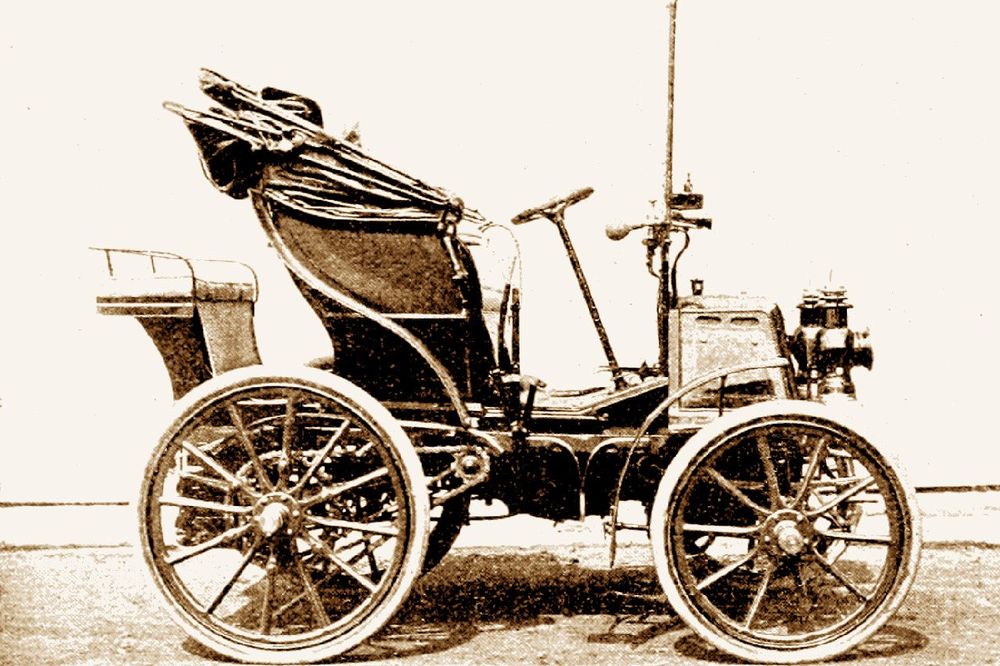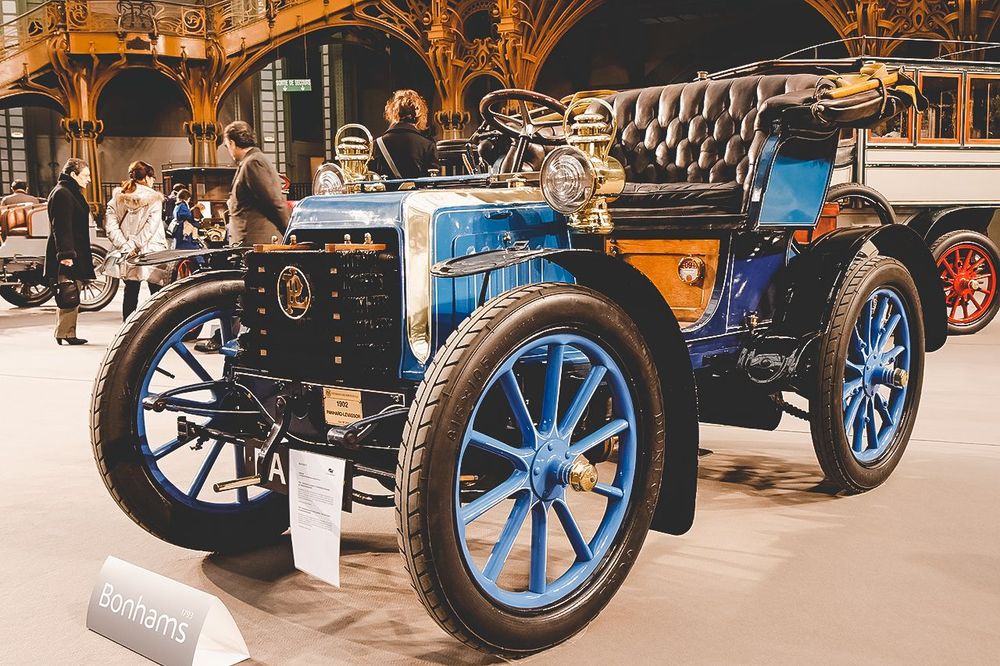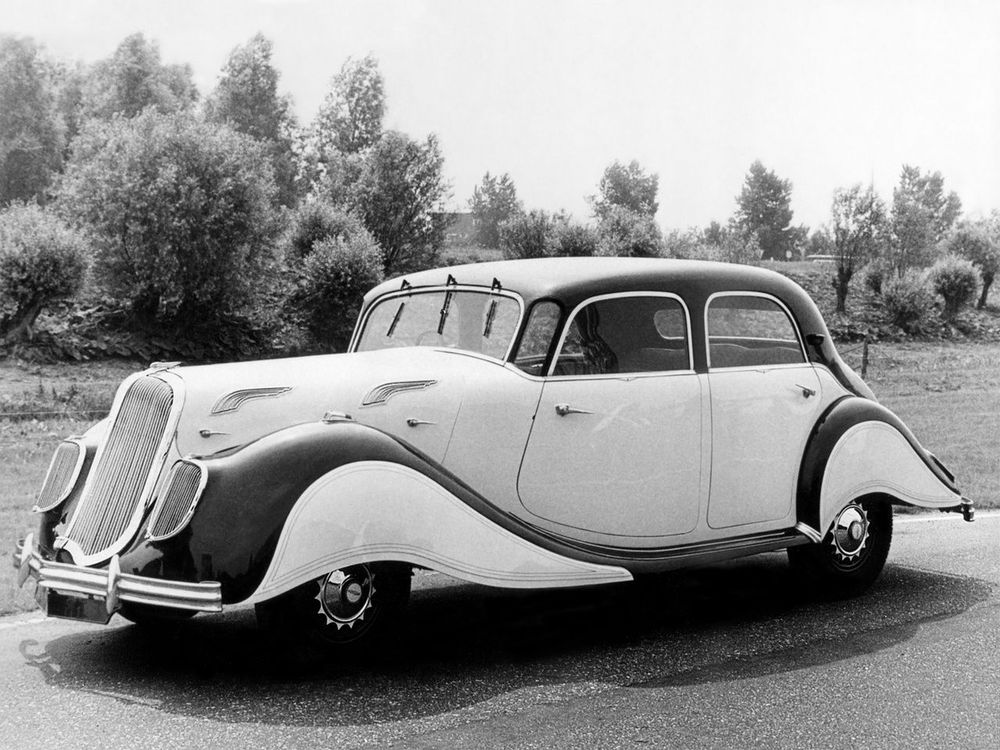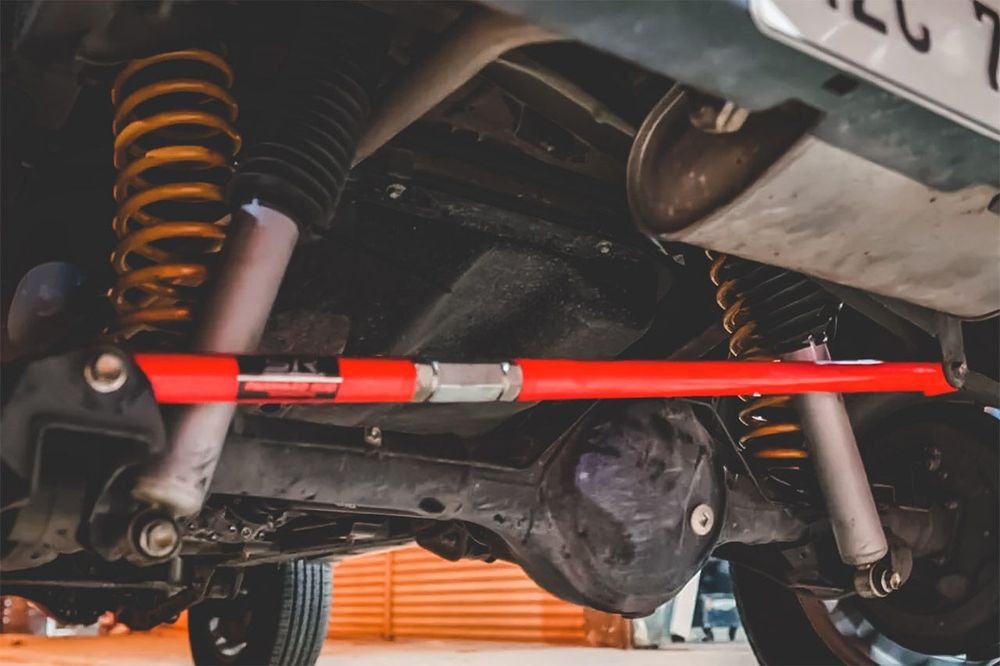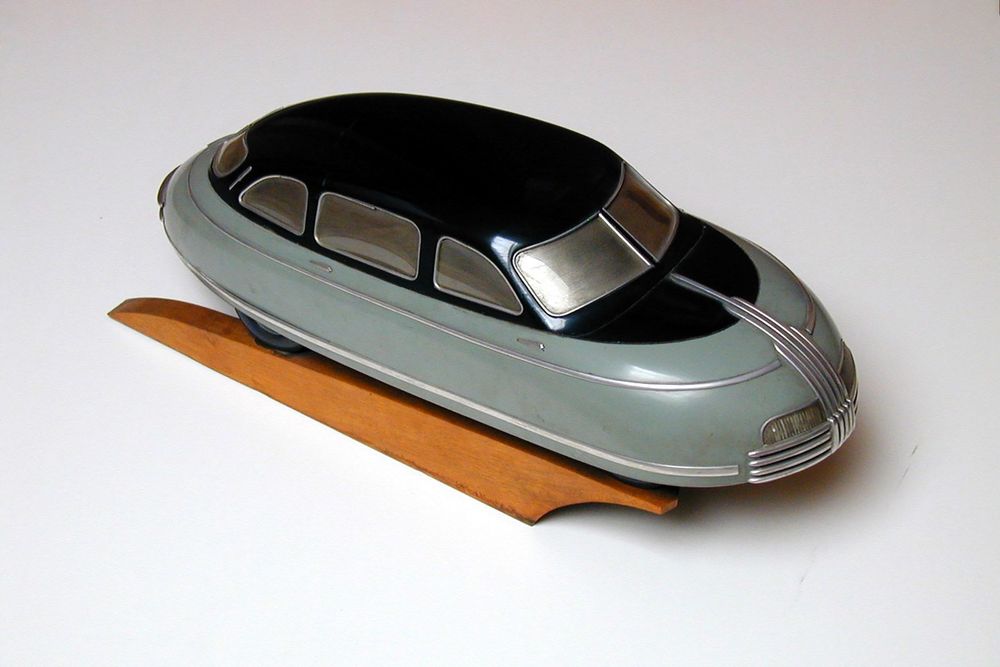Do you know what the Panhard system is?
It is common to read, even today, an essay on a car like the Mazda MX-5 and see the author praising the option for the format that is considered "ideal" for a sports car: longitudinal engine with directly coupled gearbox and power transmission to the rear wheels.
Some call it "classic transmission", but the true definition, almost forgotten in time, is "Système Panhard". It's because? Because the geniuses Émile Levassor and René Panhard were the first to understand, and put into practice, the advantages of positioning the engine at the front of the car, with transmission to the rear axle.
It all started with a wedding.
Originally, Panhard was known by the name of its two creators: Panhard et Levassor. Founded in 1887, the brand only launched its first car in 1890, based on a Daimler engine.
Levassor obtained the license to use Daimler technology through lawyer Edouard Sarazin, who was the legal representative of Gottlieb Daimler in France. After Sarazin's premature death, it would be his wife Louise who was responsible for finalizing the licensing agreement. Mixing work with pleasure, Louise and Émile Levassor would soon get married.
With this, Levassor strengthened relations with Gottlieb Daimler and the two visionaries would end up collaborating and sharing ideas. This is how, in 1892, the first Panhard et Levassor with a front engine appeared. But this would be just the first of the brand's major innovations.
The birth of the gearbox
But in 1895, the French manufacturer would take another equally or even more important step in the evolution of the automobile, by creating the first gearbox, with two ratios and reverse gear, all with chain transmission. All this in a four-wheeled vehicle, at a time when many manufacturers were still exploring the possibility of using just three.
The Panhard et Levassor gearbox even began to be sold separately, to be used by other manufacturers, and established the "standard" for transmissions, until 1928, when Cadillac presented the first synchronized gearbox.
But the genius of the Parisian brand did not stop there and would continue to pioneer several technical solutions.
Aerodynamics and central driving position
In 1936, the revolutionary Panhard et Levassor Dynamic was launched, a model that was distinguished from almost all other cars of the time by its aerodynamic bodywork, with headlights embedded in the fenders and hidden behind grilles.
Powered by six-cylinder engines, the Dynamic would be one of the first cars in the world with a unibody body.
It would also be one of the first to mount a front suspension with overlapping wishbones, anchored to the engine, which functioned as part of the structure, similar to what happens with some current super sports cars.
Where the Dynamic was definitely the first was the placement of three front seats, with the driver in the center, 57 years before the McLaren F1. At the time, the solution was particularly convenient, because French manufacturers and drivers were still in the gradual process of transitioning to left-hand drive. However, due to the inconvenience of accessing the central seat, in 1939 the solution was abandoned, and the Dynamic began to be left-hand drive.
The famous "Panhard bar"
There was yet another innovation that allowed Panhard a permanent place in the lexicon of automotive technology, which is the "Panhard bar". This solution, which is both ingenious and simple, emerged at the beginning of the 20th century and became especially relevant when rigid axle suspensions began to increasingly use coil springs. In this case, the forces exerted when cornering or on uneven surfaces can force the rear axle to move laterally and be out of alignment with the front wheels. The most obvious consequences are some inaccuracy in behavior and greater tire wear. The Panhard bar is fixed to the chassis and obliquely to the axle, which allows lateral movements to be stopped without stopping vertical movement.
The Panhard bar, despite being succeeded by more complex and effective solutions such as the Watts connection, is still used in some cars, especially off-road vehicles.
Success in the competition
In the 1950s, Panhard was notable for developing several very light and aerodynamic models with which it competed at Le Mans, winning several years in the "Index of Performance", a prize calculated through a ratio between the distance covered in the race and the cylinder capacity.
Panhard, as a manufacturer of light cars, was extinguished in 1967, being absorbed by Citroën. The last model was the Panhard 24. Subsequently, the armored vehicle division continued in activity until in 2012 it was absorbed by Renault Trucks Defense, a company then belonging to the Volvo Group.
For younger enthusiasts, the name Panhard may seem like a mere footnote, but here it is proven that his contribution to the evolution of the automobile was greater than that of some industrial giants.



